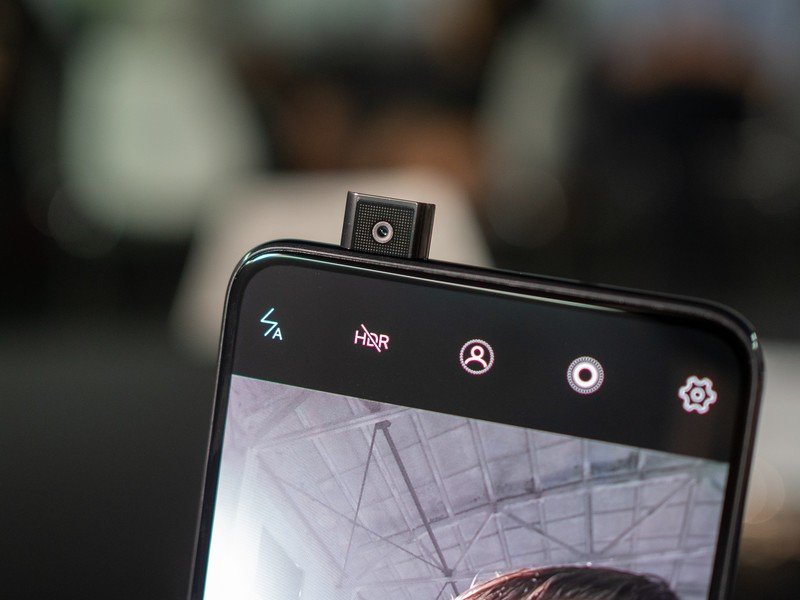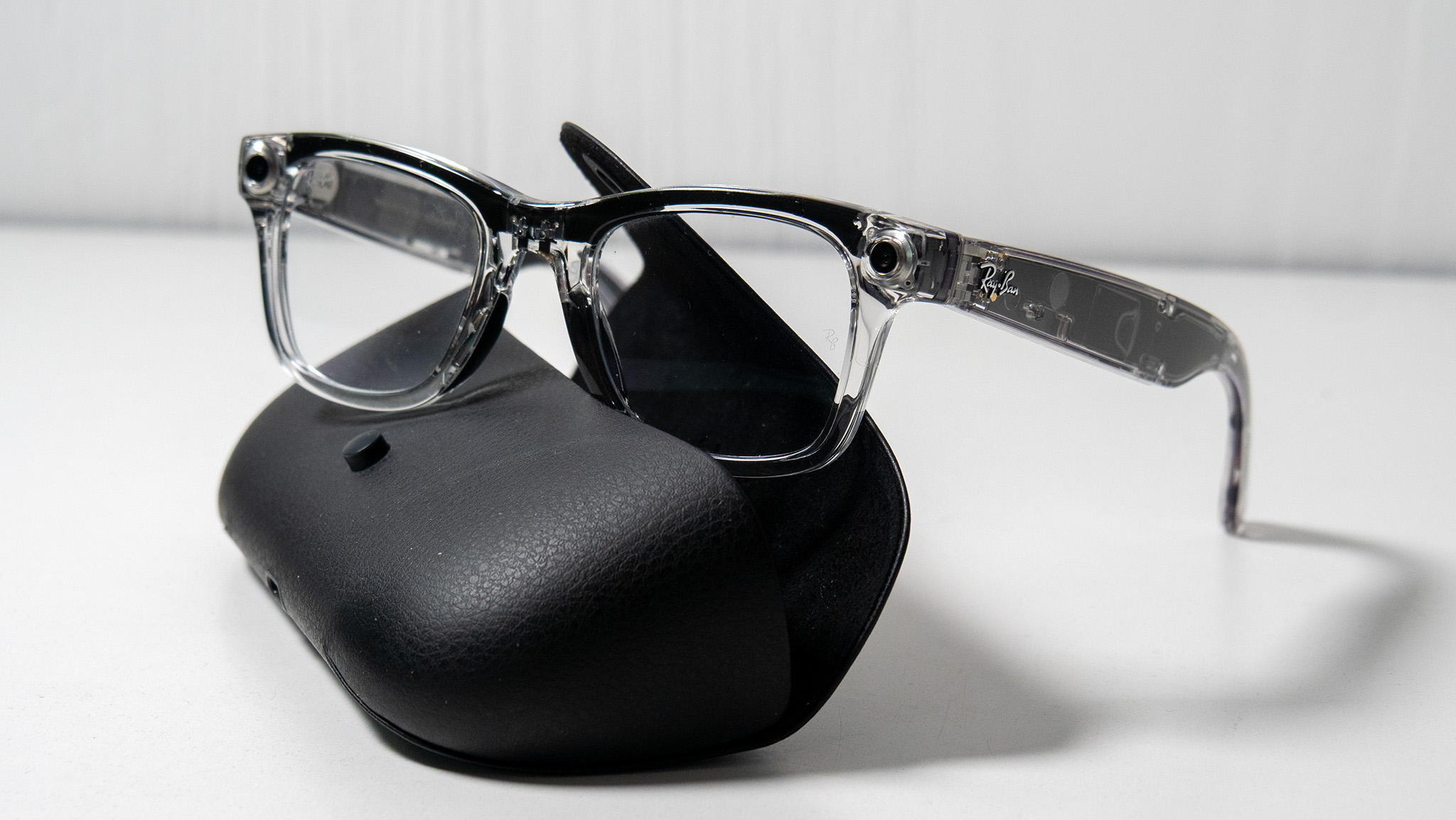Vivo NEX vs. OPPO Find X: Which futuristic phone is better?

The Vivo NEX and the Find X are two of the hottest phones right now. Both devices rely on motorized sliders as a way of hiding the camera module. In the case of the Find X, both the rear and front cameras are hidden behind the slider, whereas the NEX has a pop-up front camera that kicks in whenever needed.
Great hardware is table stakes considering these devices cost well over $700, and in this regard, they're right up there with the best that Google and Samsung have to offer. Both devices are powered by the Snapdragon 845, and come with FHD+ AMOLED displays, 8GB of RAM, up to 256GB of internal storage, and dual rear cameras. Although the internal hardware is identical, each device offers unique features that sets it apart. Here's what you need to know about the latest from OPPO and Vivo.
What the OPPO Find X does better

Image courtesy: The Verge
The Find X forgoes the usual fingerprint sensor for facial recognition — so the default way of unlocking the phone involves using the front camera to authenticate your features. To do so, you'll have to wake the display and swipe up, which activates the camera. The entire process takes under a half-second, so there isn't too great a delay between OPPO's solution and a standard fingerprint sensor.
The Find X is the closest you can get to a bezel-less phone right now.
The Find X wins the battle for shrinking bezels. The Vivo NEX has a 91% screen-to-body ratio, and the Find X outdoes that with a 93.2%. That may not seem like a lot, but right now the Find X is the closest you can get to a bezel-less phone.
Because the camera module is hidden away behind the slider, you don't have to worry about a notch marring the look up front. The Find X has a glass back with an interesting color-shift pattern that has bold colors near the edges of the frame that gradually fades to a duller hue closer to the middle of the device.
What the Vivo NEX does better

With both phones featuring mechanical sliders, long-term durability becomes a legitimate worry as there are a lot of moving parts involved in retracting the camera module. In this area, the Vivo NEX is likely to be more durable as the retractable motor doesn't need to engage every time you unlock the phone. Instead, it only kicks in whenever you need to use the front camera, making it a more elegant implementation.
Be an expert in 5 minutes
Get the latest news from Android Central, your trusted companion in the world of Android
The Vivo NEX has an in-display fingerprint sensor that is faster than what we've seen so far.
The primary biometric authentication method on the Vivo NEX is an in-display fingerprint sensor, with the manufacturer using a third-gen module that is claimed to be faster and more reliable over its predecessors.
I used the Vivo X21 for a few weeks earlier this year, and the in-display sensor in that device was slower than the standard fingerprint sensors — but not by a huge margin. With the NEX using a newer module, it is just as speedy as a regular fingerprint sensor. The Find X has a bold design at the back, and the NEX is no different: it has a geometric pattern at the back that shifts color based on light reflecting off its surface.
Which should you buy?
If you're in the market for a truly bezel-less phone, the Vivo NEX is a better idea right now. You'll be able to use it with a case — the bundled case has a wide cutout up top to accommodate the front camera module — and it has a traditional fingerprint sensor, albeit one that's embedded in the panel itself.
For now, India is the only global market where both of these devices are confirmed to go on sale. The Find X will be up for grabs from the first week of August for ₹59,990 ($875), and the Vivo NEX is set to launch in the country later this week for ₹48,990 ($730).
The Find X will not be making its way to the U.S., but it should be launching in other North American markets. Similarly, the Vivo NEX will debut in Asian markets, but as of now there's no information regarding the device's availability in Western countries.

Harish Jonnalagadda is Android Central's Senior Editor overseeing mobile coverage. In his current role, he leads the site's coverage of Chinese phone brands, networking products, and AV gear. He has been testing phones for over a decade, and has extensive experience in mobile hardware and the global semiconductor industry. Contact him on Twitter at @chunkynerd.
